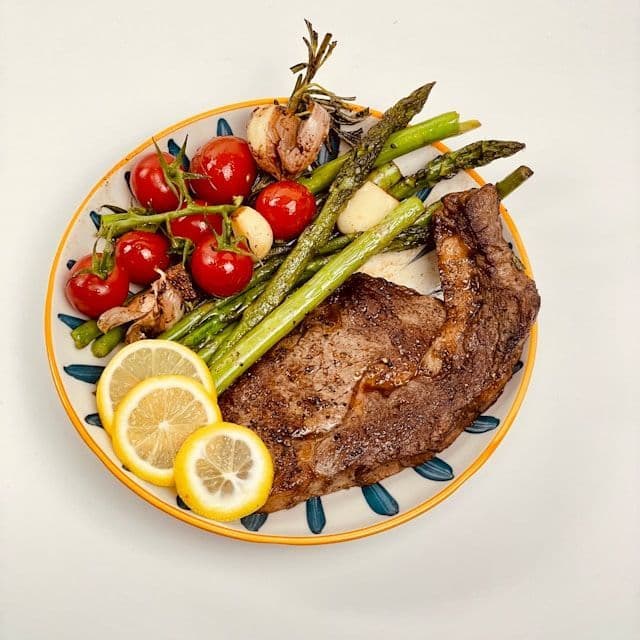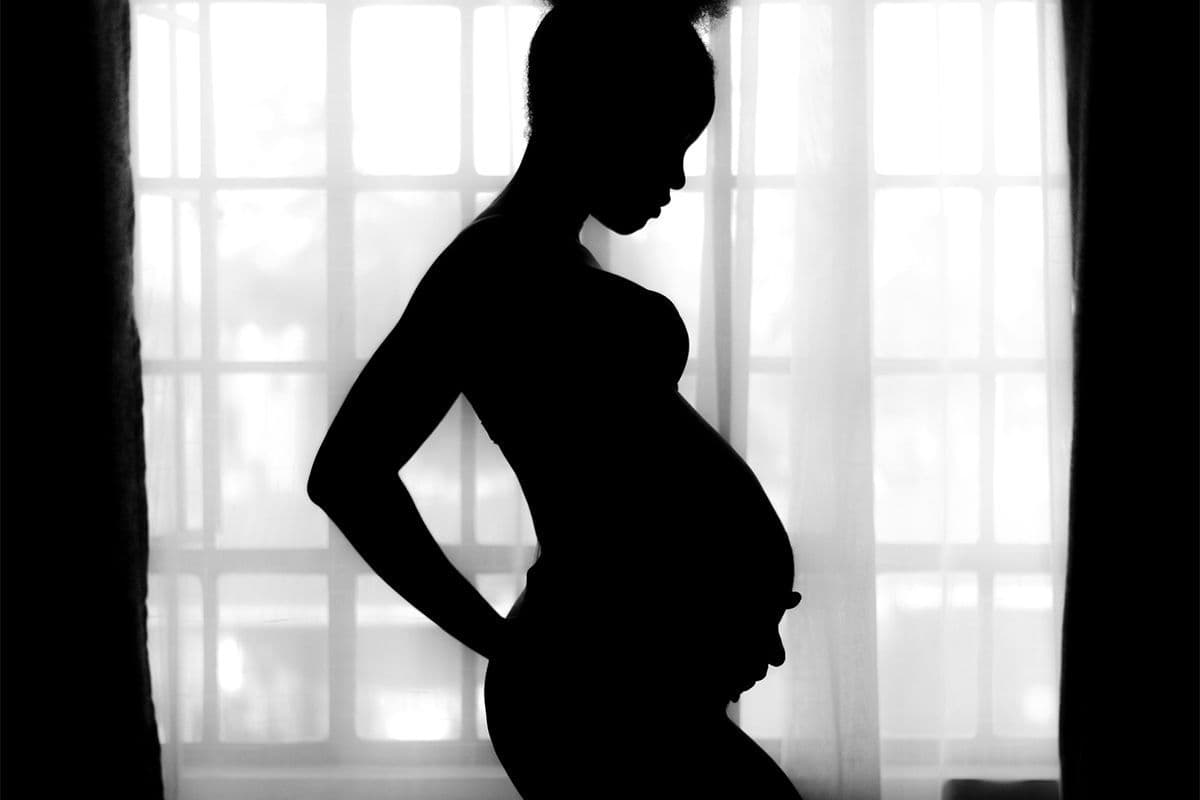Iron Deficiency is a Problem for Many during Pregnancy
Food and Nutrition
Obie Editorial Team

A recent study has revealed a critical insight: pregnant women are twice as likely to be iron deficient compared to their non-pregnant counterparts. Interestingly, the number of pregnant women with insufficient iron stores was higher than expected. The results demonstrated that 30% of women tested during their third trimester were iron deficient, with black and Mexican American women being the most affected.
The researchers employed a new method of iron testing known as “total body iron,” which might be more accurate than traditional tests usually employed to assess iron levels. This finding underscores the crucial need for iron supplementation during pregnancy to prevent both iron deficiency and anemia. These conditions are linked to risks such as low birth weight, preterm deliveries, and perinatal mortality.
Iron is an essential mineral, especially during pregnancy when your body’s demands increase. It's not only vital for the developing baby and placenta but also for the production of hemoglobin, the protein in red blood cells responsible for transporting oxygen throughout your body. During pregnancy, the blood volume in your body nearly doubles, necessitating more hemoglobin and, consequently, more iron.
Pregnant women need an additional 9 milligrams of iron each day above pre-pregnancy requirements. Therefore, it’s important to consume plenty of iron-rich foods and take a prenatal vitamin to meet the recommended 27 mg of iron per day during pregnancy.
If you're also taking a calcium supplement, take it at a different time than your prenatal or iron supplement because calcium can interfere with iron absorption. Similarly, polyphenols in tea and coffee can hinder iron absorption, so avoid using these beverages to take your iron supplement.
Pair your iron intake with vitamin C-rich foods such as citrus fruits, strawberries, or bell peppers to enhance iron absorption. Plant-based sources of iron, like fruits, vegetables, and grains, may not be as efficiently absorbed as those from animal sources, but combining them with a small amount of meat can improve absorption. For instance, adding fish or chicken to a bean dish can increase the absorption of iron from the beans.
Let's look at some good sources of iron:
- Animal sources: Red meat, poultry (dark meat), other meats, and shellfish
- Non-animal iron-rich foods: beans, lentils, tofu, raisins, dates, prunes, figs, apricots, potatoes (with skins), broccoli, beets, leafy green vegetables, whole grain breads, nuts and seeds, blackstrap molasses, oatmeal, and iron-fortified cereals.
Remember, it's beneficial to consume these plant sources of iron with vitamin C rich foods and, if you're not vegetarian, include a small amount of meat to help with absorption.
Source:
Clinical Nutrition Insight. Lippincott Williams & Wilkens, August 2011









